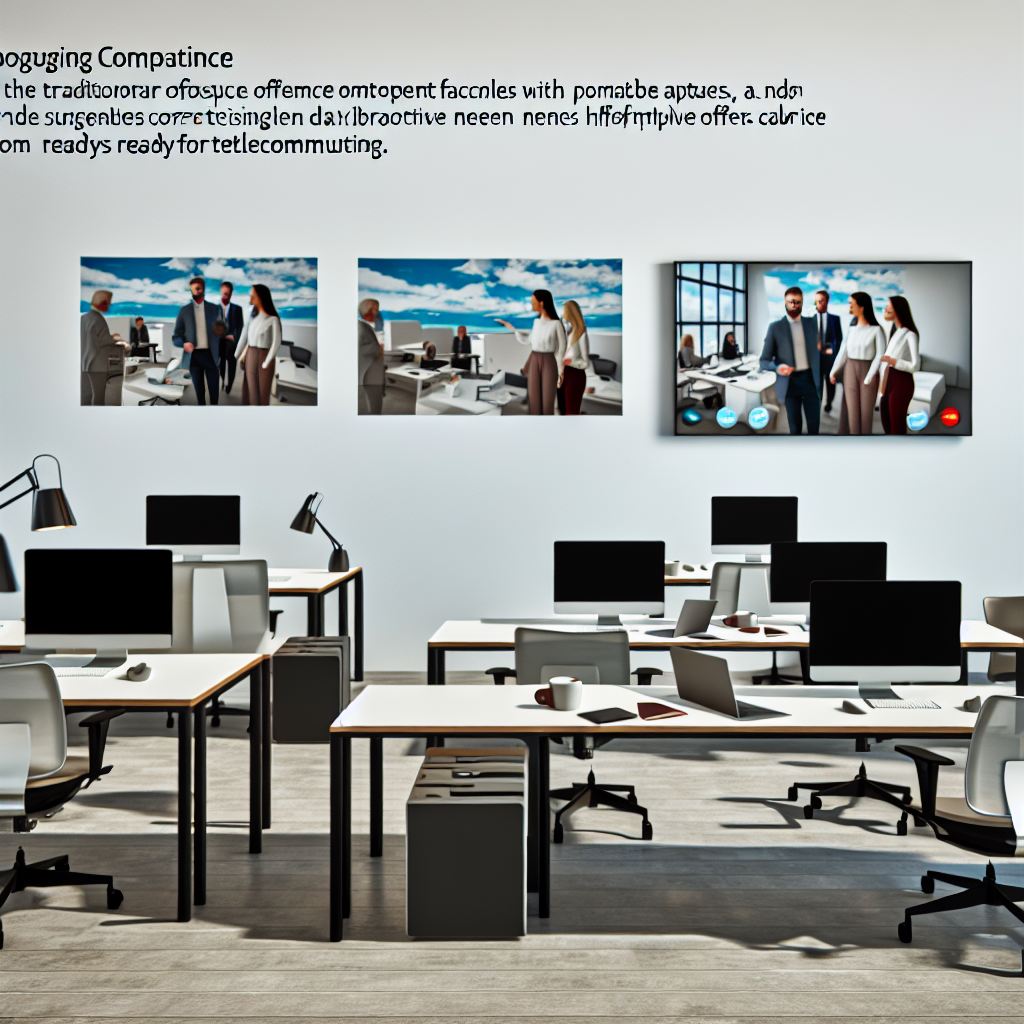Santander’s New Office Mandate: Shifting from Flexible WFH to Structured Office Attendance

Santander has shifted its liberal work-from-home policy to requiring 12 in-office days a month. | The bank emphasizes in-office attendance as crucial for supporting and developing its staff, especially those in early career stages. | Other companies, such as PwC and Nothing, are also enforcing stricter office attendance to maintain high ambition and productivity levels.
Santander’s Shift in Work-From-Home Policy
Santander, previously a pioneer in flexible work-from-home (WFH) arrangements, is revising its approach. The bank now requires employees to work in the office 12 days a month, impacting approximately 10,000 office-based staff, including 4,500 in Milton Keynes. This move aligns Santander with peers like JPMorgan and Morgan Stanley, emphasizing the necessity of in-office presence.
Evolution and Context
Santander’s flexible work policies were a hallmark during the pandemic. The bank promoted the benefits of flexibility, with CEO Mike Regnier choosing the role partly due to the latitude to commute less frequently. Despite this, Santander now underscores the importance of office attendance for employee development, especially for those early in their careers.
Contrasting and Broad Industry Trends
The article presents a minority perspective through Regnier’s advocacy for flexible working. His position illustrates a personal and professional preference that diverges from the broader corporate trend. Companies like PwC and Nothing have also shifted towards stricter in-office policies, citing high ambition and productivity requirements.
Critical Analysis
The article excels in presenting Santander’s policy shift within a broader industry context, supported by direct quotes from key figures. However, it lacks empirical data on productivity impacts and fails to capture diverse employee perspectives. More robust data and employee insights could enrich the analysis and provide a comprehensive view of the implications of these policy changes.
Conclusion
Santander’s return-to-office mandate reflects a significant shift in its operational strategy. While aligning with industry trends, this move raises important questions about the future of work flexibility, employee satisfaction, and organizational culture. The trajectory of such policies will undoubtedly shape the evolving workplace landscape.
Related Posts
Article analysis: AWS CEO says 9 out of 10 employees are 'excited' about RTO, leaked transcript shows
Certainly! A notable quote from the article is: “When we want to innovate, when we want to really, really innovate on interesting products, I have …
Article analysis: Amazon Indicates Employees Can Quit If They Don't Like Its Return-to-Office Mandate
“Amazon executive recently told employees who don’t like the new five-day in-person work policy that, ‘[there are other companies …
Article analysis: How middle managers can perfect the art of influence on tough issues like RTO
“Much of the art of leadership in general is about effective communication and influence.”